About ZUM Radio
History
Our mission here at ZUM Radio is to develop and manufacture the highest quality communications equipment for amateur radio enthusiasts. We specialize in producing hotspots and digital mode repeaters - such as our best-selling ZUMspot and MMDVM-Pi products.
Our team began working on a series of projects in 2009 with the goal of developing inexpensive hardware and open source software to help amateur radio folks use D-Star. After the success of our initial projects, ZUM Radio Inc. was founded in California - where we continue to develop and assemble all of our products. Since then, we have earned our reputation as industry leaders by pioneering the first MMDVM boards and ZUMspots in the market.
For the past 5 years we have worked exclusively in partnership with Ham Radio Outlet and Martin Lynch & Sons Ltd to distribute our products throughout North America and Europe. Today, our commitment as pioneers within the industry is to continue expanding our product line, while developing innovative amateur radio equipment for our customers.
We encourage you to explore our website to learn more about all of our products.
Past projects
| 2009 |
 |
 |
In 2009 we wondered about the feasibility of creating a dongle similar to the existing DV Dongle product. Our idea was to use an Atmel microcontroller and use a USB-A connector.
We did manage to build a prototype board with an AMBE2020 chip to do simplex conversion between PCM and AMBE for D-Star. Unfortunately pictures of the board and all design files have been
lost. |
|
|
|
|
| 2011 |
 |
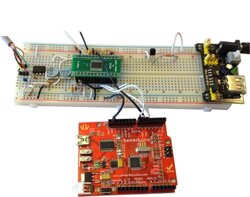 |
In 2011 we gained interest in the over the air protocol of D-Star and began developing a board that could do similar things to the Satoshi (7M3TJZ) D-Star modem board. Staying with the Atmel microcontrollers
we performed a number of experiments to ensure that the ATMEG328 chip was fast enough to support full duplex D-Star. It turns out it was plenty fast enough.
|
|
|
|
|
| 2013 |
 |
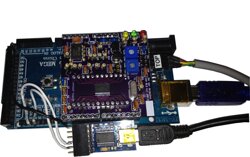 |
Next in the product development process was creating a board carrying a CML589 chip as well as the radio interface circuitry. This board was created to plug directly into
a standard Arduino board. Software for the board was also developed.
|
|
|
|
|
| 2013 |
 |
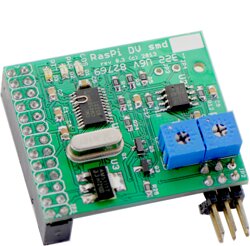 |
After success with the CML589 and Arduino board, the next project was to create a board for the Raspberry Pi. The kernel drivers written worked very well to handle the 4800 bits per second.
Unfortunately a bug in the Pi kernel would lose occasional interrupts. This bug was fixed several years later in the kernel.
|
|
|
|
|
| 2013 |
 |
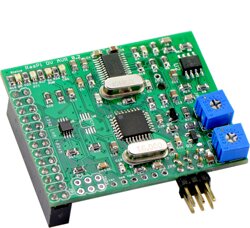 |
Since the Pi kernel bug prevented further progress with the previous board, we added an ATMEG328 chip to handle the interrupts. This meant that we had a modem board that could handle full duplex
DStar.
|
|
|
|
|
| 2013 |
 |
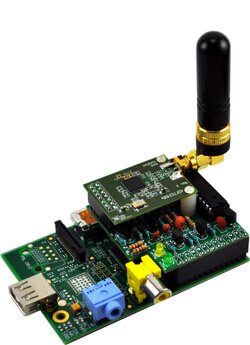 |
Along with the research and development done by a number of people including Satoshi (7M3TJZ), Moe (AE4JY) and Guus (PE1PLM), the ADF7021 eval board from Analog Devices was used to create a Pi based hotspot.
The firmware was released as open source and was used as the basis for several later projects including MMDVM.
|
|
|
|
|
| 2015 |
 |
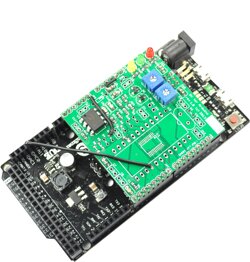 |
After Jonathan (G4KLX) floated the idea of a Multi-Mode Digital Voice Modem, we modified one of the old CML589 boards and developed the base code on an Arduino Due for Jonathan to create the very first MMDVM repeater.
|
|
|
|
|
| 2015 |
 |
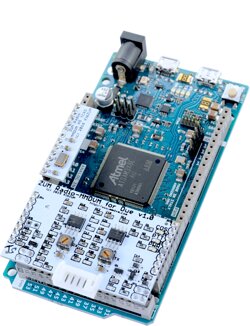 |
While the Arduino Due boards worked well for DStar, the introduction of DMR into MMDVM showed that the oscillator on the Arduino Due board was not accurate enough. The solution was to create a new
TCXO board. The radio interface circruitry continued to evolve with more stages of opamps.
|
|
|
|
|
| 2015 |
 |
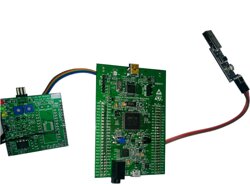 |
As more modes were added to MMDVM it showed that the microcontroller on the Arduino Due board did not have enough memory or horsepower. The decision was made to move on to the STM32F4 processor line.
For the initial software development an ST eval board was just jumpered to an old modem board.
|
|
|
|
|
| 2015 |
 |
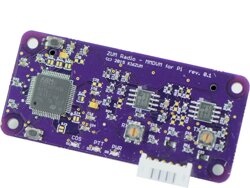 |
Once the first STM32F4 code was running we created a Pi Zero sized modem board. The radio interface circuitry continued to evolve. The board also included the high accuracy TCXO.
|
|
|
|
|
| 2016 |
 |
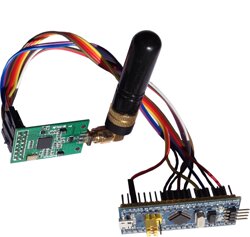 |
More experiments with the ADF7021 eval board and the ATMEGA328 chip showed that there were too many limitations with both memory and processor speed. The code was then ported to an STM32F103 chip.
The first code was developed using the STM eval board jumpered to the ADF7021 board. This was the first STM32 based 7021 to work with the MMDVM project.
|
|
|
|
|
| 2016 |
 |
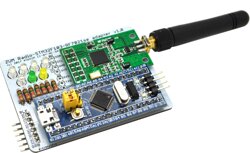 |
Once the DStar code was running well on the STM32 eval board, an open source carrier board was developed to allow other hams to easily solder the through-hole parts to make a USB based MMDVM hotspot.
It was at this time that Andy (CA6JAU) started work on the MMDVM project. His work added DMR, Fusion, P25 and NXDN to the 7021 hotspot project.
|
|
|
|
|
| 2016 |
 |
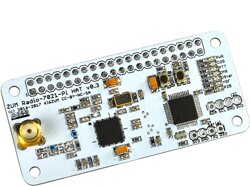 |
Based on the positive reception of the Libre board, we developed the ZUMspot board to fit the Raspberry Pi Zero. This has been the most successful board we've developed.
|
|
|
|
|
| 2016 |
 |
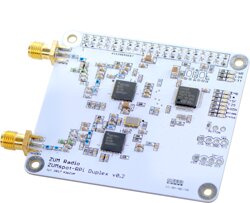 |
At the same time we developed the ZUMspot board for the Pi Zero, we developed a dual 7021 board to give full duplex operation. This meant the hotspots could support dual time slots in DMR.
Andy's code helped immensely to make this work. Unfortunately this board received a very cool response and was not put into production. It was 3 years later before demand allowed us to introduce
the Duplex board for the Pi Zero.
|
|
|
|
|
| 2018 |
 |
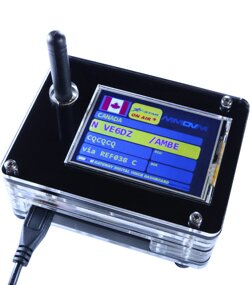 |
Another innovation in the MMDVM project was the software to support the Nextion LCD screens. We worked with C4 Labs to design a case for a Pi 3, a ZUMspot and a Nextion 2.4" screen.
|
| | | |
Mailing list
ZUM Radio products are available exclusively from these distributors. Contact us for other regions.
 |
 |
 |
 |
|
|
USA - Ham Radio Outlet |
|
Europe - Martin Lynch & Sons |



















Follow us on social media for regular updates.
All text, images and documents on zumradio.com are copyright (c) 2010-2024 and may not be reproduced in any form without written permission.